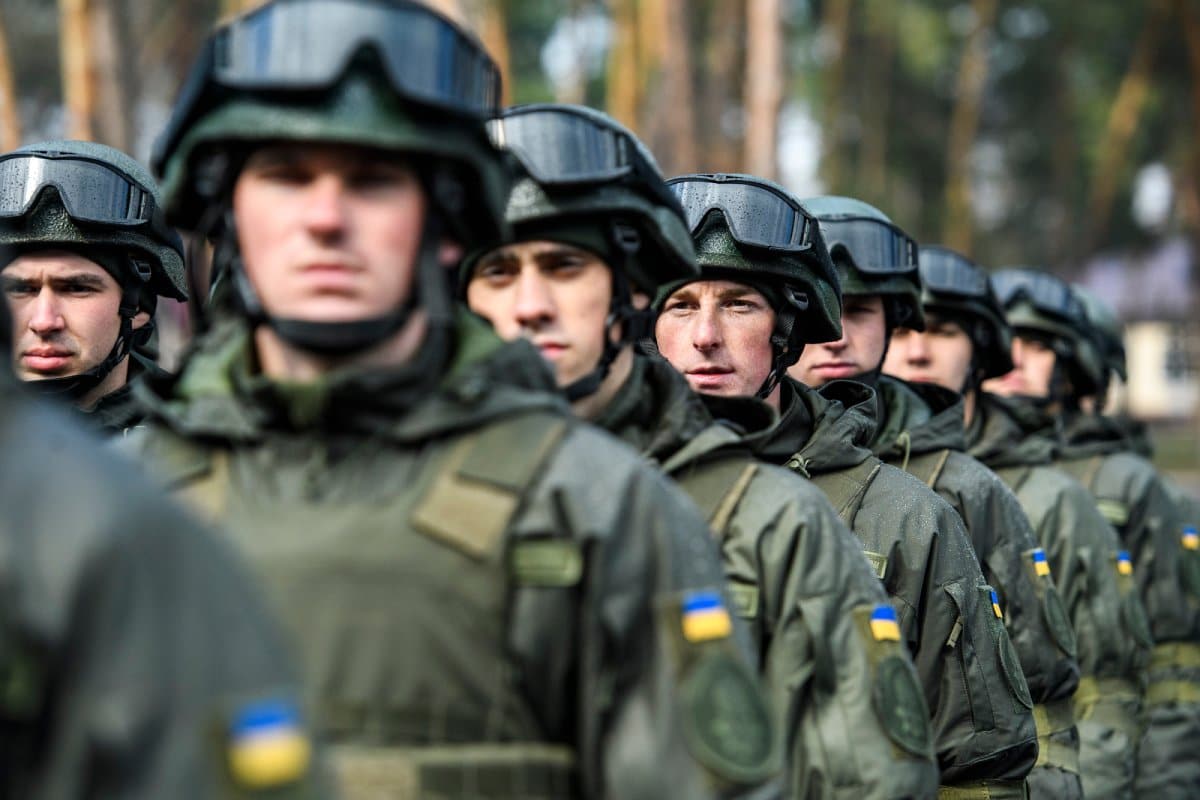A new UK-developed laser weapon technology could be deployed against Russian drones in Ukraine, according to Defence Secretary, Grant Schapps.
Weapon Successfully Trialled
In January, the prototype weapon was successfully tested against airborne targets. The technology has been in development for some time. The new weapon’s production timeline, DragonFire, means it isn’t scheduled for active service until 2027, but Shapps said he wants to reduce that timeline.
Schapps recently visited the Porton Down military research centre and told reporters, “Let’s say that it didn’t have to be 100% perfect for Ukrainians to perhaps get their hands on it.”
New Threats Forces Change in UK Weapon Procurement Policy
The previous weapon procurement and deployment timetable meant that DragonFire was originally scheduled to be ready for 2032. Given the changing geopolitical landscape, the government is seeking reform to the process, shortening that timeline by 5 years.
Mr Shapps went on to say, “It’s designed to not wait until we have this at 99.9% perfection before it goes into the field, but get it to sort of 70% and then get it out there and then develop it from there.”
Current Accuracy Status
The testing results show that the DragonFire is accurate enough to hit a £1 coin-sized target from a kilometre away, making it one of the best-in-class weapons amongst its peers.
The technology used on DragonFire is called Laser-directed energy weapons (LDEWs). The laser uses an intense light beam to damage the target, putting it at the cutting edge of weapons technology.
USA Has Some Laser Weapons on Trial
The systems have been trialled by the US military for many years and have been fitted to ships to continue this trial process. To our knowledge, though, they haven’t been used in active service yet.
The laser works at the speed of light, far outstripping the speeds of missiles. These can work at speeds exceeding 32,000 kph, a snail’s pace compared to lasers. The laser can be used against any target it can see, meaning it has possible deployment capabilities against tanks, soldiers, stationary guns, lookout posts and the like.
AI Could Enhance Effectiveness of Dragonfire
As Artificial Intelligence plays an even greater role in warfare, the DragonFire would undoubtedly be equipped with target trackers, making the weapon even more accurate and effective against moving targets.
DragonFire uses a high-powered laser beam to destroy targets. Each shot could cost as little as £10, as opposed to the thousands (or sometimes millions) it costs to drop bombs or launch missiles.
DragonFire only needs electricity, so it provides an unlimited number of shots and doesn’t need to be reloaded with new ammunition to work. This reduces the amount of reliance on allies and new weapon drops.
Power Source Possible Issue in Ukraine
DragonFire needs a reliable, high-power electricity source, and as the Russian forces target the Ukrainian power grid, this might make the weapon vulnerable when deployed.
Laser weapons can only be used against targets that they can see, whereas smart bombs with guidance systems can ‘find and chase’ targets, making them more useful against certain targets.
It is not known what the DragonFire system’s projected range is at present. Given the straight-line nature of a laser beam, there has been speculation that it would be considered a near-range weapon.
Ukraine Happy to Test Weapons
Desperate times call for desperate measures, and with Ukraine literally fighting for its survival, it has shown an eager willingness to use any weapons it can get its hands on during this fight.
Online commentary suggests that Western powers have deployed several weapons to Ukraine to see how it fares in a real conflict. It has also seen a change in war tactics, with the use of drones featuring more heavily than in any other conflict in history.
Several occasions have noted how superior Western weaponry is to Russian equipment. Tanks, missiles, air defence, drones, and the like have all shown themselves to be significantly better than Russian equivalents.
More Articles Like This…
Broken Britain: 12 Reasons Behind the UK’s Decline
Say the Unsayable: 10 Occasions When Farage Spoke His Mind About Britain
The post UK Plans to Deploy Laser Weapon in Ukrain-Russia War first appeared on Edge Media.
Featured Image Credit: Shutterstock / paparazzza.

